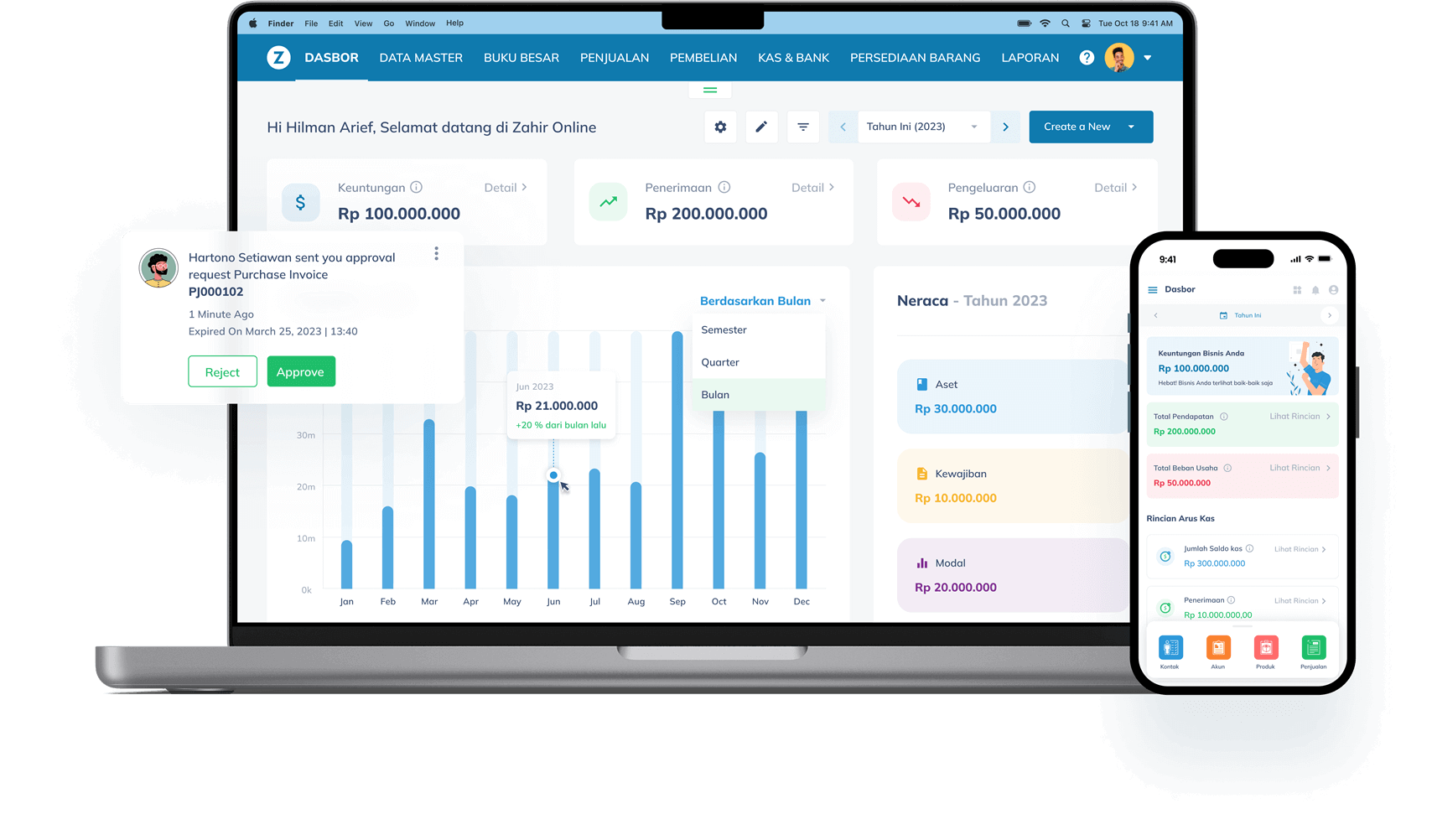What do you think if you read your statement of financial position (balance sheet) showing your assets are higher than your liabilities? People certainly expect this condition, right? But, if you cannot manage your working capital well, it cannot help you make your business efficient and effective. Let’s see the following explanation which will give you the best way to manage your assets.
Working Capital
As we know, working capital is the difference between current assets and current liabilities. It describes the common measure of company’s liquidity. We also know working capital ratio. Even though our company has higher balance in total current assets which shows greater ability to meet the company debt, we may not forget about the return. The longer the company keeps excessive current assets, the less return it earns on total assets. Why don’t we try to invest with excess of cash or acquire fixed assets which can help company generate higher rate of return?
On the other side, the financing of a business dominantly based on current liability rather than long-term debt, even though it may incur lower cost but it has greater liquidity risk. The greater the debt maturity, the more uncertainty and hence generally the greater the cost.
To finance your assets, it is recommended to use hedging whereby assets are financed by liabilities of similar maturity. By using this system, you could be more prepare with adequate funds to meet the debt when it’s due.
Perhaps you want to know how to calculate appropriate or required cash balance in your company. Cash is like blood in our body. When the blood circulates well, all organs in our body will be healthy. Cash can be of two types, Cash in Bank and Cash on Hand. They are the most liquid asset in a company. The tips to manage cash is by keeping required cash balance. How to calculate it? Simply calculate the transaction balances for normal business activities plus precautionary balances in case of emergency plus compensating balances needed for financing commitments. Remember, excessive cash is not good and it also applies to other current assets, including accounts receivable, moreover inventory.
It is quite impossible to trade without credit sales. Management will optimize their sales with this system, but certainly it should be using such a strategy to maximize return and minimize risk. There are several tips to manage accounts receivable, among others:
- Make Aging Schedule to identify how many customers and how much credit sales are overdue.
- Evaluate credit limits based on customers’ flow of payment. Those with long overdue receivable should not get our products until they settle their accounts or pay in cash.
- Make a prior arrangement with the customers, for instance, the delay of payment of their accounts will result in the periodically charge of interest, or ask them to prepare collateral at least in equal amount to the account balance.
- Send invoices of large sales immediately
- The customers should be periodically reminded by phone and email before and at the time their invoices mature. Send them regular Statement of Account usually at the end of each month.
- Use cycle billing for uniformity of the billing process.
- Contact and use the service of credit insurance to guard against abnormal losses of bad debt.
I hope the above explanation about asset management can make you more aware of how you can run your businesses.
Kontributor Artikel Oleh : KJA Adriansyah, Ak., CA
Hp : 0815 3570 966
Akuntan Partner Zahir

